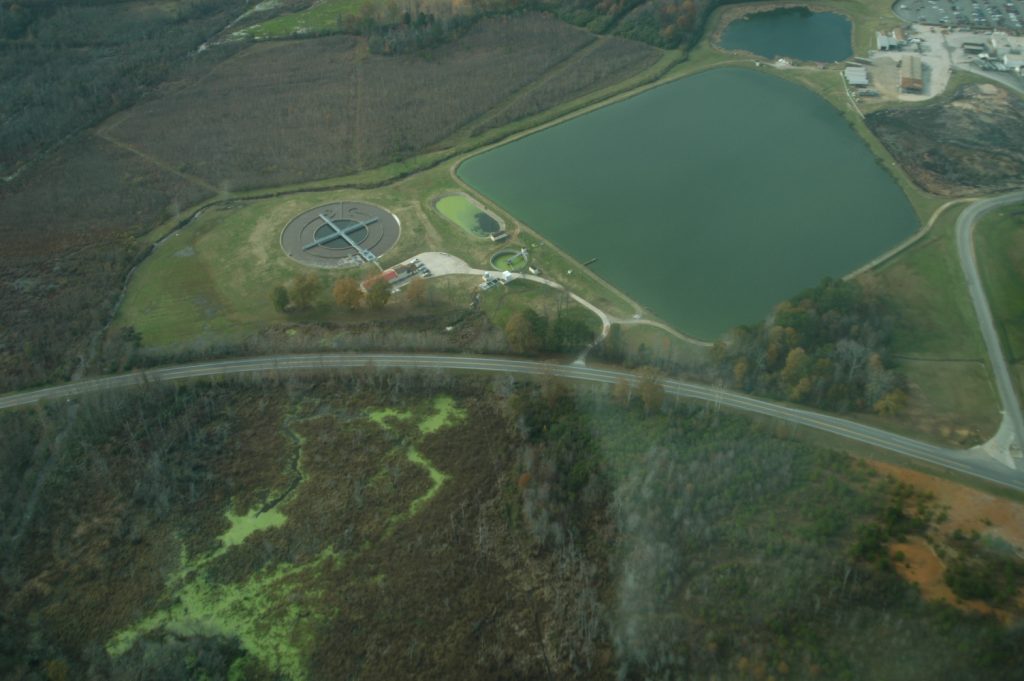Toxic Chemicals Report
Nearly Ten Million Pounds of Toxic Chemicals Dumped in Alabama’s Rivers
For Immediate Release: November 16, 2017
Contact: Nelson Brooke, Black Warrior Riverkeeper: [email protected], 205-458-0095
Alabama – A recent analysis of data reported by industry indicates that nearly ten million pounds of toxic chemicals were dumped into Alabama’s rivers in 2015. Over 50,000 pounds of those chemicals are carcinogens, and over a quarter million of them cause reproductive issues. The data was self-reported by industry to EPA’s Toxics Release Inventory, from which Coosa Riverkeeper analyzed the data to produce these rankings.
“Toxic chemicals in our rivers and lakes aren’t just bad for the fish. Most Alabamians get their drinking water from our rivers,” says Coosa Riverkeeper, Frank Chitwood. “Removing these toxic chemicals costs money that ultimately gets passed on to ratepayers. Clearly, our priorities are backwards. We should place a much higher priority on the protection of our drinking water.”
In the last two years, major controversies have erupted in North Alabama as multiple drinking water systems on the Coosa and Tennessee Rivers faced difficulty removing perfluorinated compounds (PFCs) that had been dumped into those rivers by industry. PCBs and mercury are two other toxic chemicals commonly found in rivers in Alabama which can cause health issues in wildlife and humans.
The top of the rankings are largely dominated by power plants, paper mills, chicken processors, and heavy manufacturers. For the most part, the discharge of these chemicals is legally authorized by the Alabama Department of Environmental Management through their National Pollutant Discharge Elimination System permitting program authorized under the Clean Water Act.
In the Black Warrior River basin in 2015, two large chicken processing plants were responsible for the top overall release of toxics, mostly nitrate compounds. Tyson Farms’ Blountsville Processing Plant ranked #4, releasing 891,578 pounds of toxic pollutants into Graves Creek, a Locust Fork tributary. American Proteins rendering plant in Hanceville ranked #8 releasing 346,947 pounds of toxic pollutants into the Mulberry Fork.
Also in the Black Warrior watershed, Alabama Power’s Gorgas and Greene County steam plants ranked in the state’s top ten in two disturbing categories: most cancer-causing toxics released (Gorgas: #7, Greene: #8) and most developmental toxics released (Gorgas: #3, Greene: #4). Developmental toxics can interfere with normal development, both before and after birth. In the top ten for amount of reproductive toxics released, Gorgas Steam Plant ranked #9 and ERP Compliant Coke ranked #10.
“Polluted water, contaminated fish, and unhealthy humans are tough prices to pay when polluting companies could be paying their fair share of the balance,” says Nelson Brooke, Black Warrior Riverkeeper. “Instead of discharging pollutants at a profit, polluters should be required to spend more money to reduce their impact on our water, environment, and health.”
Click here for Nelson Brooke’s photo of Tyson Farms’ Blountsville Processing Plant’s wastewater treatment plant and discharge, top center, and the wetland it discharges to, bottom left. Flight provided by SouthWings.
###
Black Warrior Riverkeeper’s mission is to protect and restore the Black Warrior River and its tributaries. The citizen-based nonprofit organization promotes clean water for the sake of public health, recreation, and wildlife habitat throughout the Black Warrior River watershed. To learn more, visit BlackWarriorRiver.org.

Tyson Farms’ Blountsville Processing Plant’s wastewater treatment plant and discharge (top center) discharges to a wetland (bottom left). The wetland then flows into Graves Creek, a tributary to the Black Warrior River’s Locust Fork. Photo by Nelson Brooke. Flight provided by SouthWings.












